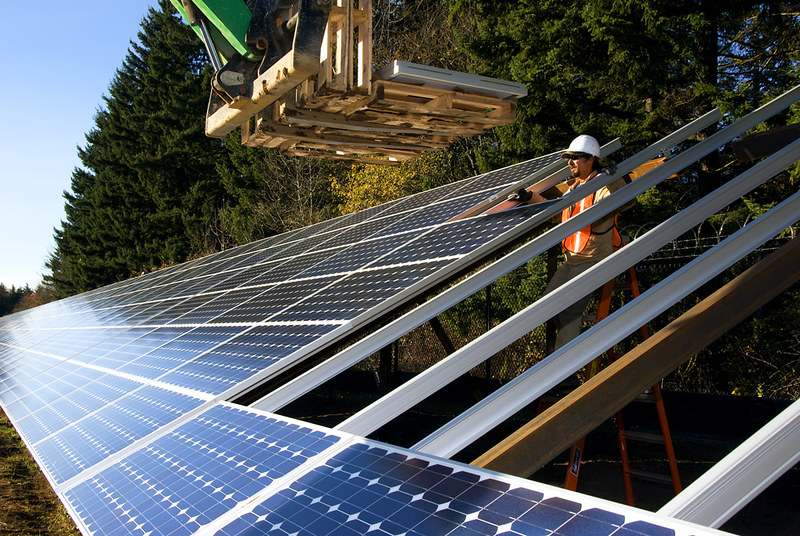Excerpt:
The Inflation Reduction Act finally offers a chance for widespread change…
So far, the climate debate has gone on mostly in people’s heads and hearts. It took thirty years to get elected leaders to take it seriously: first, to just get them to say that the planet was warming, and then to allow that humans were causing it. But this year Congress finally passed serious legislation—the Inflation Reduction Act—that allocates hundreds of billions of dollars to the task of transforming the nation so that it burns far less fossil fuel. So now the battle moves from hearts and heads to houses. “Emissions come from physical things,” Tom Steyer, the businessman and investment-firm manager, who, after a Presidential run in 2020, is focussing on investing in climate solutions, told me. “Emissions come from buildings, from power plants, from cars, from stuff you can touch. It’s not like information technology, which is infinitely replicable. This is one object at a time.”
So the big question is: How do you move from exhortation and demonstration to execution and deployment? Engineers have provided relatively cheap and incredibly elegant technology: the most cost-effective way to produce power is to point a sheet of glass at the sun. The federal government is providing the biggest infusion of clean-money capital in its history. But can it actually be done? Or is it simply too big a task, especially in the face of ongoing opposition from the fossil-fuel industry?
“So many of us are tired,” Leah Stokes, an energy expert at the University of California, Santa Barbara, told me. Stokes was an architect of key parts of the I.R.A. during its tortured twenty-month trek through the Senate; at one point, she found herself drafting bill text while in a neonatal intensive-care unit, with her newborn twins. “But we’re at an inflection point in the fight against dirty energy. We can solve the climate crisis…”









